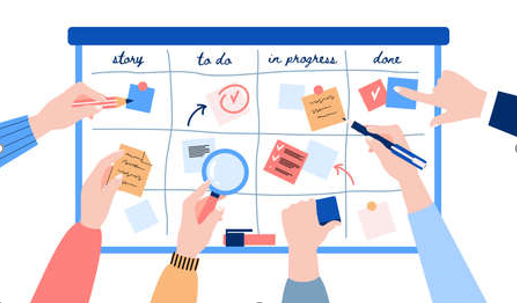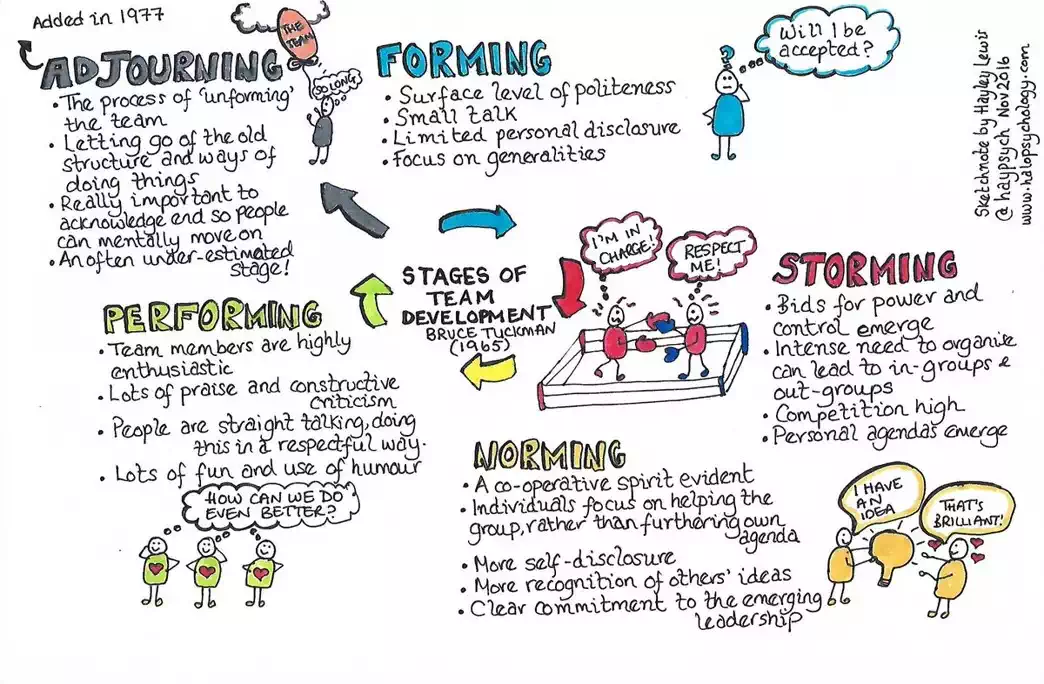Since scrum is built on the principle of self-organizing and where experimentation is encouraged among team members, scrum teams often progress through their group development models quicker than more of the traditional types of teams. Team effectiveness is enhanced by a team's commitment to reflecting on accomplishments and continued evaluation of meeting specific goals throughout their projects. In time, teams will become high-performing once they understand their developmental role within their team.
Let’s look at the creator of the Agile Team Development framework that we will be using for our ingredients to build a winning team.




.webp)

